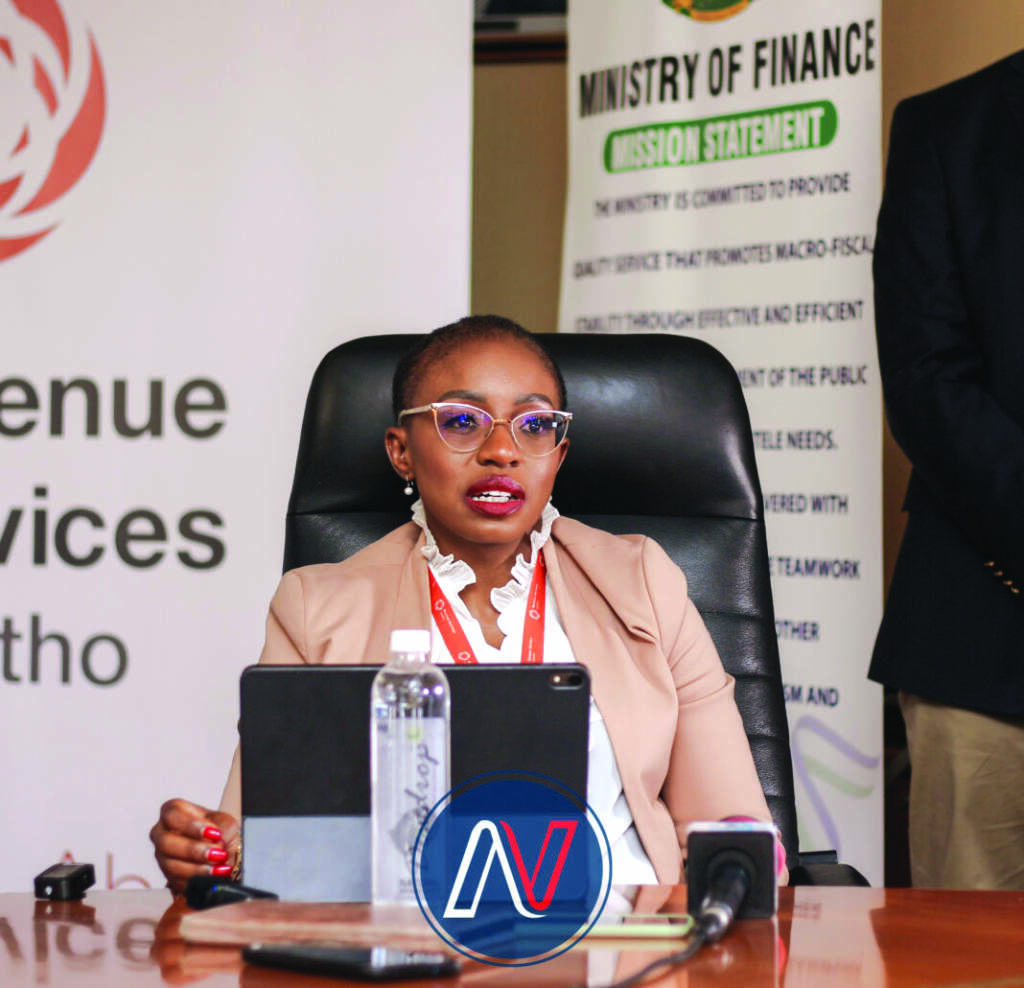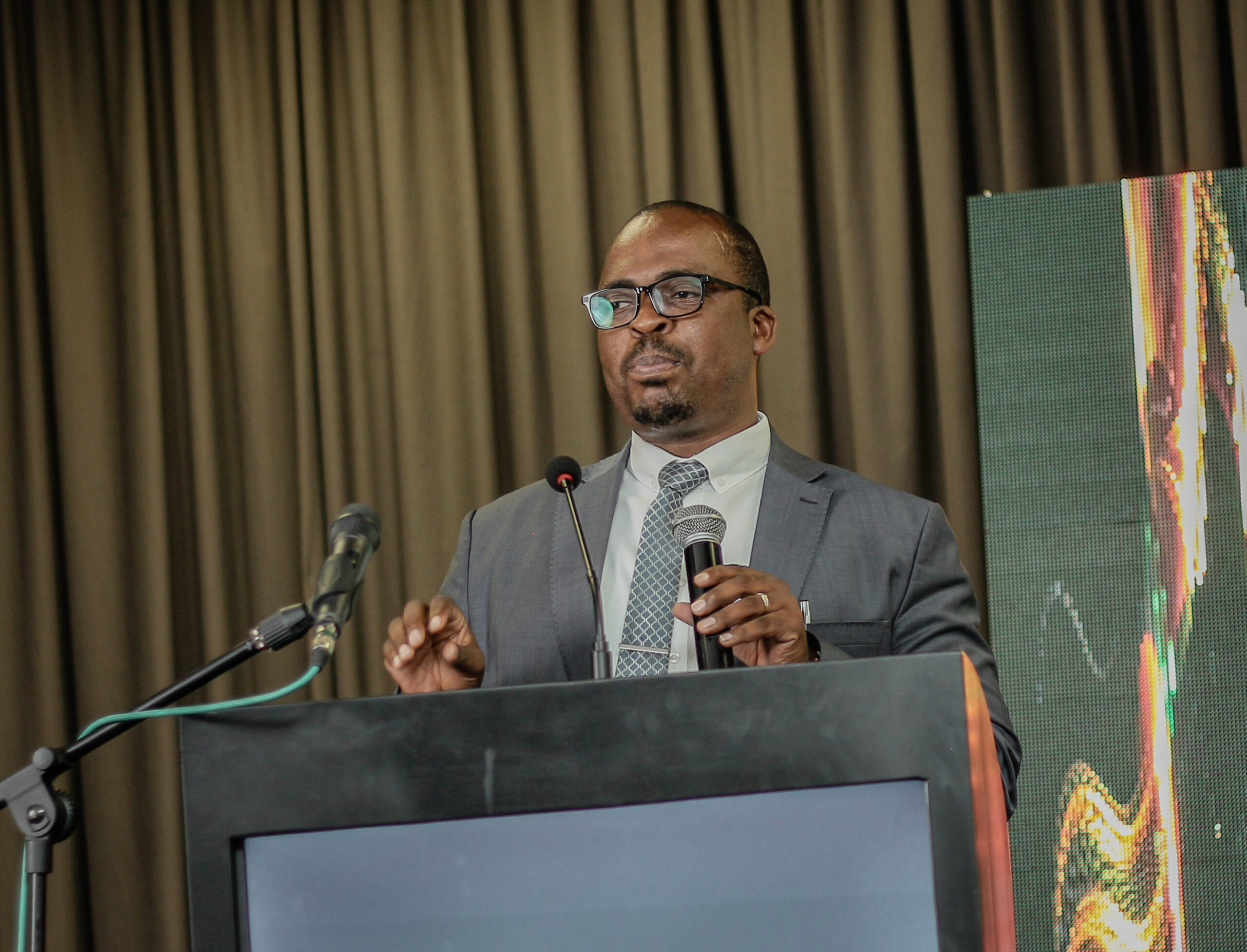Palesa Moloinyane
Lesotho’s economy contracted by a sharp 5.3 percent in the first quarter of 2025, underscoring the mounting economic strain from muted domestic consumption, reduced government spending, and a subdued performance in major sectors such as transport and construction.
This was revealed during the 113th meeting of the Central Bank of Lesotho’s (CBL) Monetary Policy Committee (MPC) held on June 3, 2025, at Lehakoe Sports and Recreation Centre.
“Lesotho’s economy contracted by 5.3 per cent in Q1 2025, reflecting weak consumption, reduced government spending, and sluggish performance in transport and construction,” CBL governor, Dr Maluke Letete, said.
Dr Letete noted that although manufacturing and financial services showed modest resilience, buoyed by textile exports and credit expansion, the broader economic momentum remains fragile.
He pointed to emerging risks clouding the outlook, including rising tariffs affecting textile exports, the withdrawal of key development support, such as the Millennium Challenge Corporation (MCC), and the continued decline in the diamond market.
On the inflation front, Dr Letete reported that headline inflation eased to 4.0 percent in April 2025, down from 4.2 percent in March. This drop was driven by falling global oil prices and the strengthening of the loti against the US dollar, which reduced fuel import costs. Food prices remained stable, offering some relief to households.
“Looking ahead, inflation is likely to remain contained, though rising global trade tensions and policy uncertainty could yet stir price pressures,” he warned.
From a fiscal policy perspective, Lesotho maintained a disciplined and supportive stance in Q1 2025, recording a budget surplus of 12.9 percent. This came despite weaker VAT collections due to compliance challenges. Government spending focused on infrastructure and social support, providing a countercyclical buffer for the economy.
Notably, public debt fell to 53.8 percent of GDP, thanks to successful bond redemptions and external debt repayments, reflecting a continued commitment to fiscal sustainability.
“This fiscal prudence also created room for private sector activity, as improved liquidity in the banking sector supported higher credit extension,” said Letete.
Lesotho’s current account surplus narrowed to 0.7 percent of GDP, mainly due to weaker exports and rising service-related outflows. Despite resilient income inflows, the trend signals growing pressure on external sustainability.
Still, the level of reserves remains healthy, with 5.3 months of import cover, bolstered by strong Southern African Customs Union (SACU) receipts and prudent reserve management.
The CBL’s Net International Reserves (NIR) rose by approximately US$40.3 million, from US$1.028 billion on March 13 to US$1.069 billion on May 21, driven mainly by SACU inflows. The NIR is projected to continue improving in the near to medium term.
Despite this, domestic growth remains fragile, hampered by trade-related shocks and the underperformance of major industries.
In response to the current landscape, the MPC made two key decisions. It revised the NIR target floor downward, from US$840 million to US$830 million, to safeguard the loti-rand peg and lowered the CBL rate from 7.25 percent to 7.00 percent per annum, aligning with domestic and regional monetary policy dynamics.
Summary
- 3 percent in the first quarter of 2025, underscoring the mounting economic strain from muted domestic consumption, reduced government spending, and a subdued performance in major sectors such as transport and construction.
- He pointed to emerging risks clouding the outlook, including rising tariffs affecting textile exports, the withdrawal of key development support, such as the Millennium Challenge Corporation (MCC), and the continued decline in the diamond market.
- From a fiscal policy perspective, Lesotho maintained a disciplined and supportive stance in Q1 2025, recording a budget surplus of 12.

Your Trusted Source for News and Insights in Lesotho!
At Newsday Media, we are passionate about delivering accurate, timely, and engaging news and multimedia content to our diverse audience. Founded with the vision of revolutionizing the media landscape in Lesotho, we have grown into a leading hybrid media company that blends traditional journalism with innovative digital platforms.








